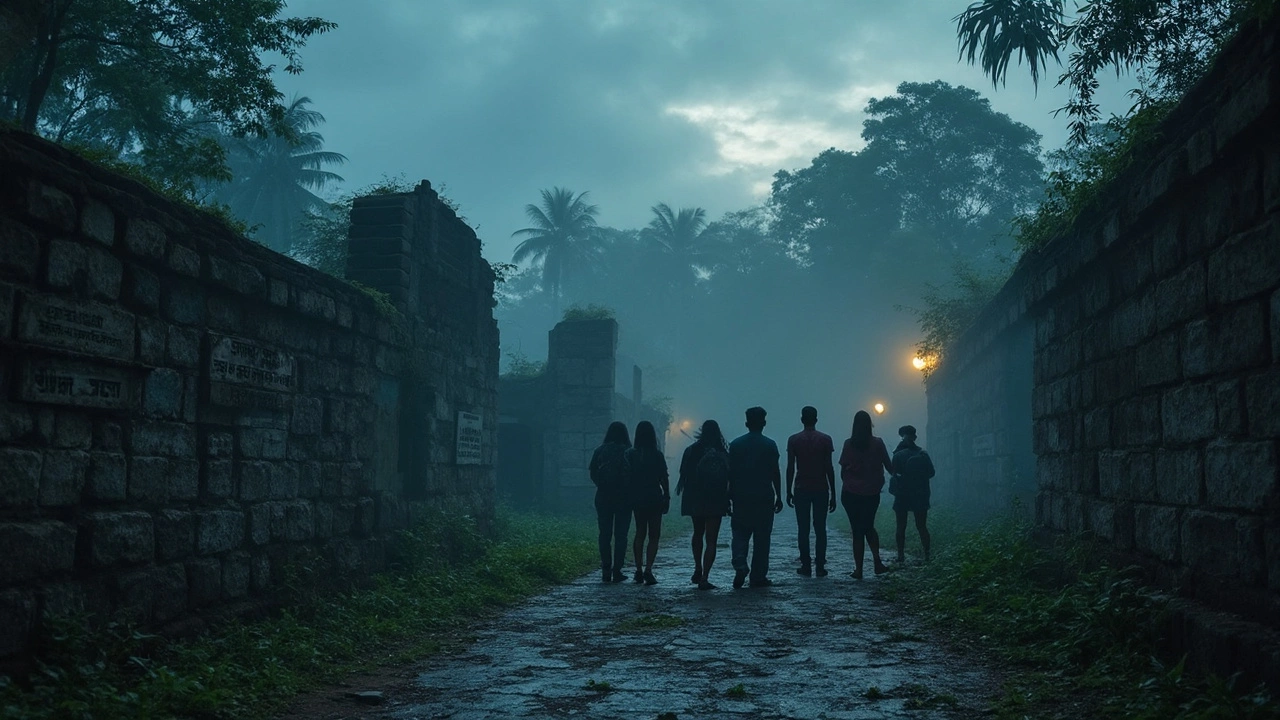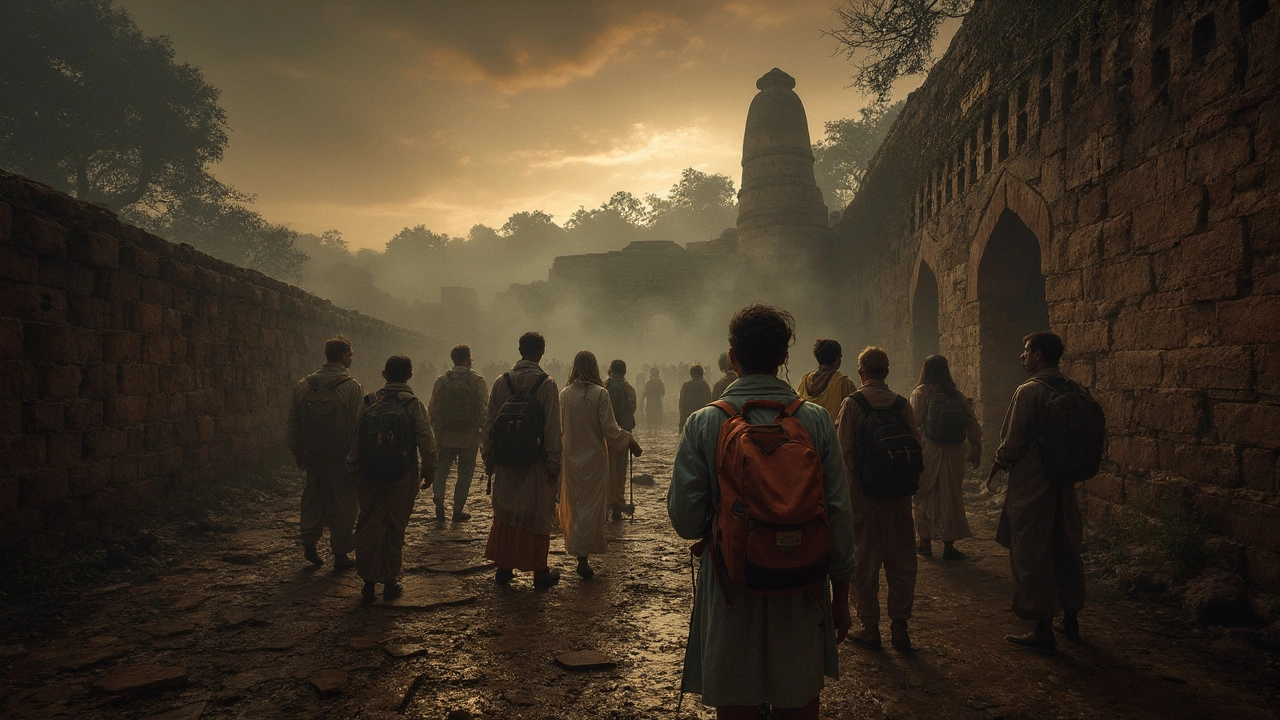Dark Tourism in India: Exploring Morbid Sites and Hidden Histories
When you think of travel in India, you might picture the dark tourism, travel to sites associated with death, tragedy, or suffering, often for educational or reflective purposes. Also known as grief tourism, it’s not about morbid curiosity—it’s about understanding the weight of history in places where lives changed forever. From the marble halls of the Taj Mahal, a monument built after the death of a Mughal empress, symbolizing love and loss to the forgotten battlefields of colonial India, these spots aren’t just landmarks—they’re memory keepers.
Dark tourism in India doesn’t just mean graveyards or war zones. It’s also in the quiet corners of UNESCO World Heritage Sites, locations recognized for their cultural or natural significance, many tied to historical trauma or spiritual sacrifice. The stepwells of Gujarat, once vital water sources, now echo with stories of drought and sacrifice. Ancient temples like those in Khajuraho or Konark carry layers of ritual, abandonment, and rediscovery. Even the bustling streets of Delhi hold hidden scars—from the 1984 riots to the ruins of Red Fort, where empires rose and fell. These aren’t just tourist spots. They’re places where history bleeds into the present.
What makes dark tourism different here? It’s not about shock value. It’s about respect. Many of these sites are still sacred, still lived-in, still part of daily rituals. You don’t just visit the Taj Mahal—you walk through the story of a widow’s grief. You don’t just see a temple—you stand where prayers were offered before war, famine, or fire. That’s why guides matter. That’s why knowing the rules—like how to dress, when to be silent, what not to photograph—makes all the difference. The posts below give you real, practical ways to engage with these places without disrespecting them. Whether you’re standing at the edge of a forgotten battlefield, exploring a temple linked to ancient curses, or tracing colonial footprints in a hill station, you’re not just sightseeing. You’re listening.

